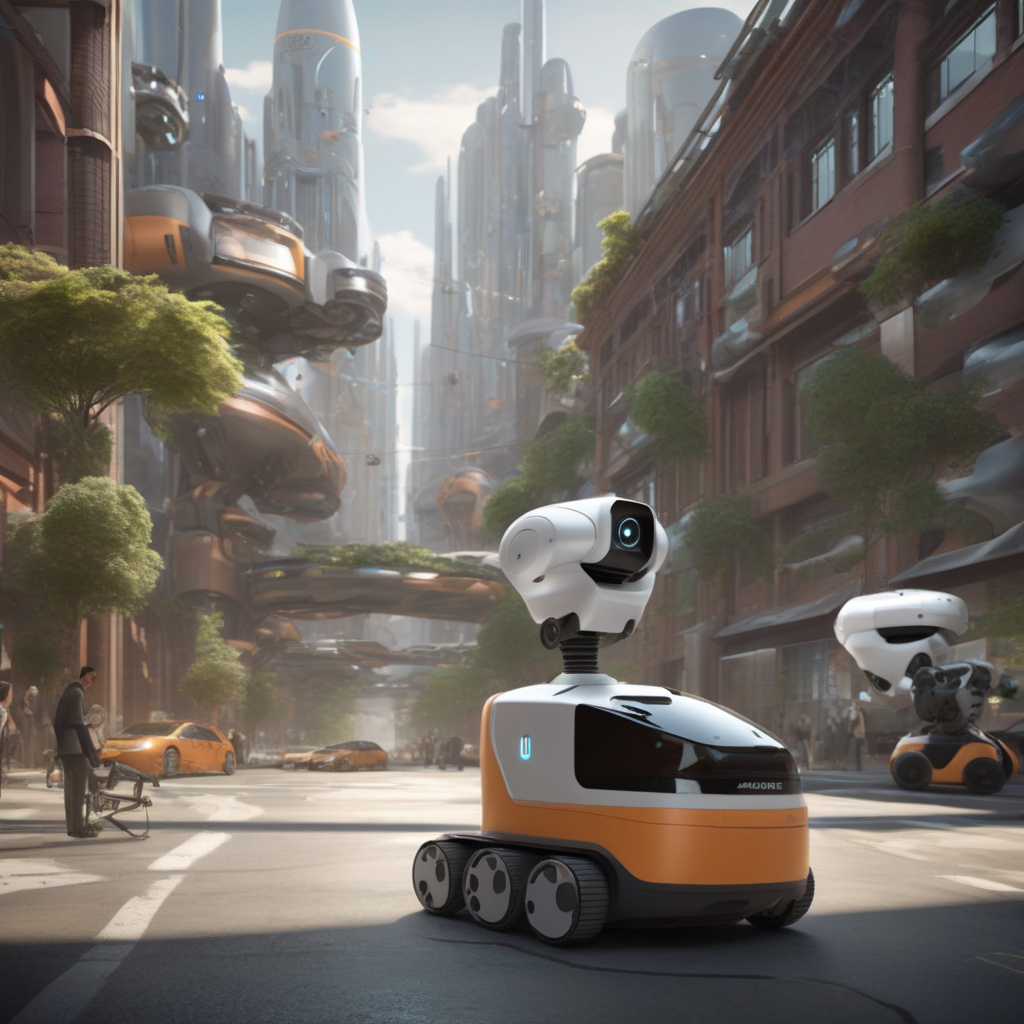The Future of Autonomous Mobile Robots: Market Opportunities and Technical Challenges
The robotics market is on the brink of a revolution, poised for explosive growth in the coming years. With projections indicating that it will soar to an impressive USD 125 billion by 2034, it’s evident that companies are increasingly turning to advanced technology to boost their operational efficiency. One of the most promising sectors within this booming industry is autonomous mobile robots (AMRs), which are rapidly reshaping the landscape of logistics, manufacturing, healthcare, and beyond.
AMRs are intelligent machines equipped with sensors, cameras, and sophisticated software that enable them to navigate and perform tasks autonomously. These robots have the potential to revolutionize industries by streamlining processes, reducing costs, and improving overall productivity. From transporting goods in warehouses to delivering medications in hospitals, the applications of AMRs are diverse and far-reaching.
Market Opportunities:
The rise of e-commerce has fueled the demand for automation in warehouses and fulfillment centers, creating a significant opportunity for AMRs. These robots can efficiently pick, pack, and ship orders, enabling companies to meet the growing expectations of consumers for fast and accurate deliveries. By automating repetitive and time-consuming tasks, AMRs can help businesses scale their operations and stay competitive in a rapidly evolving market.
In the healthcare sector, AMRs are playing a vital role in enhancing patient care and optimizing hospital workflows. From delivering supplies to assisting with disinfection procedures, these robots are revolutionizing the way healthcare facilities operate. With the global healthcare industry under increasing pressure to improve efficiency and reduce costs, AMRs offer a compelling solution to meet these challenges.
Technical Challenges:
While the potential of AMRs is vast, there are several technical challenges that need to be addressed to fully unlock their capabilities. One of the primary obstacles is ensuring seamless integration with existing systems and infrastructure. AMRs need to be able to communicate effectively with other machines, sensors, and software to operate efficiently in complex environments.
Navigation and obstacle avoidance are also key technical challenges facing AMRs. These robots must be able to navigate dynamic environments, avoid collisions, and adapt to changing conditions in real-time. Developing robust algorithms and sensor technologies to enable precise and reliable navigation is essential to the success of AMRs in diverse applications.
Another critical technical challenge is ensuring the safety and security of AMRs. As these robots become increasingly autonomous and interact with humans in shared spaces, it is paramount to implement robust safety protocols to prevent accidents and protect sensitive data. From cybersecurity threats to physical safety measures, addressing these concerns is crucial to building trust in autonomous systems.
Looking Ahead:
As the robotics market continues to expand, the future of autonomous mobile robots is filled with promise and potential. By seizing the market opportunities and overcoming technical challenges, companies can harness the power of AMRs to drive innovation, enhance productivity, and deliver superior customer experiences. With the right investments in technology, talent, and partnerships, the era of autonomous mobile robots is set to revolutionize industries and shape the future of work.
#AutonomousMobileRobots, #RoboticsMarket, #AMRInnovation, #TechnicalChallenges, #FutureOfWork
